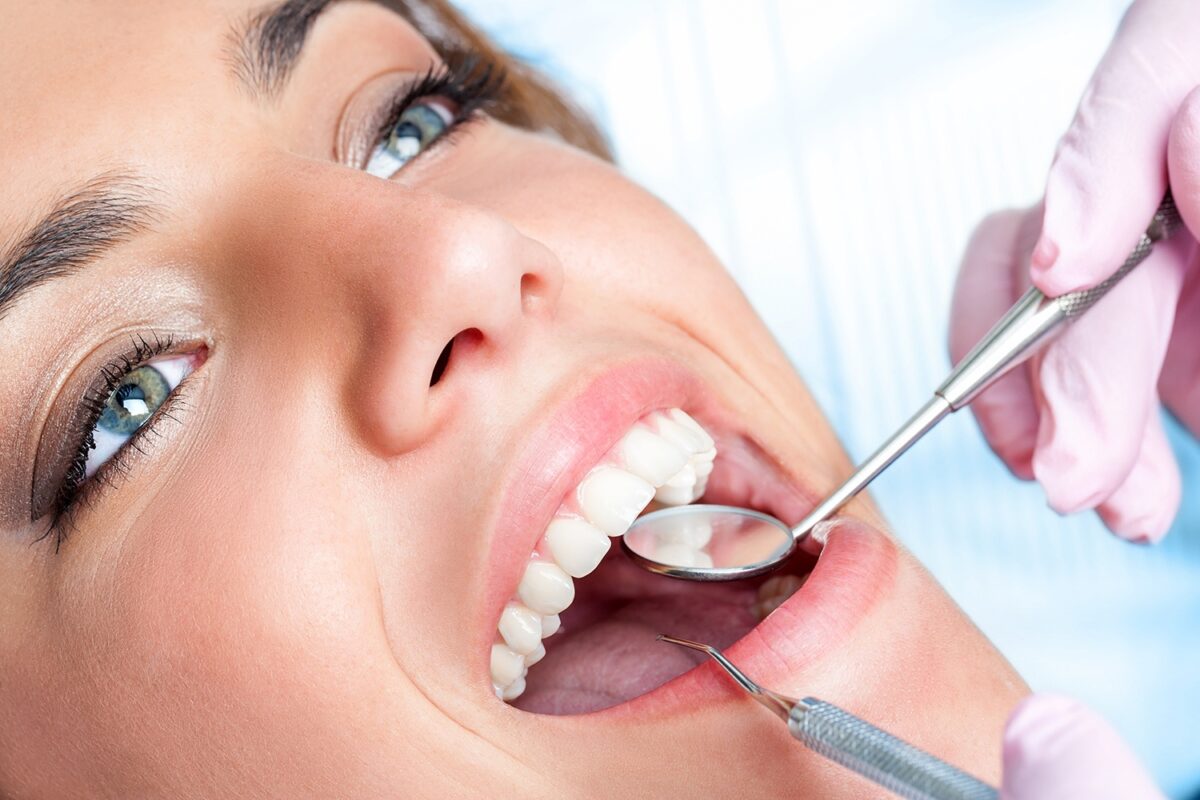Blog
Dental hygiene tips for healthy teeth & gums

What are vertical lines on teeth after whitening?
Teeth whitening has become one of the most popular cosmetic dental procedures within the past years, as many people try to improve their smiles, boosting self-confidence. While results can be striking, some people might see vertical lines on the teeth after a whitening treatment. These lines, often referred to as “striations” or “streaks,” can be a bit concerning and may leave you wondering what causes them and whether they are permanent. In this post, we will cover the phenomenon of vertical lines on teeth after whitening, including what causes them, whether they can be prevented, and treatments available.
How Whitening Works and Its Effects
Describing and explaining vertical lines calls for a need to know the process of teeth whitening. Most whitening agents include hydrogen peroxide or carbamide peroxide. These agents break down under enamel and dissolve staining, thereby giving a brighter, whiter appearance. Although mostly safe and effective, the whitening process might sometimes change, though temporarily, the structure and appearance of the tooth.
Factors that Cause Vertical Lines After Whitening
Dehydration of Tooth Enamel
Vertical lines on the teeth, which have whitened, are basically due to enamel temporary dehydration. During whitening procedures, the peroxide-based whitening agents may slightly dehydrate the enamel. This dehydration accentuates natural ridges and grooves in the enamel, giving the impression of visible vertical lines. These lines could become more visible immediately after treatment, but do fade during the course of the following days as your teeth rehydrate.
Uneven application of whitening gel
Vertical lines could form in some cases because of the application of whitening gel unevenly. This is more common with at-home whitening products, since users may apply the gel on the tooth surface with different intensities. The areas that have more concentration of the gel will start whitening first and hence a streaked appearance develops. Professional treatments are unlikely to result in this issue, as dentists are more controlled while applying the substance.
Existing Tooth Structure
The natural structure of your teeth can also contribute to the lines appearing after whitening. Some have naturally more pronounced ridges or grooves in their enamel that could become more prominent during the whitening process. These variations in structure could create an appearance of lines or streaks, particularly when the teeth are transiently dehydrated.
Overuse of Whitening Products
There might be a temporary erosion of tooth enamel due to the excessive use of whitening products, especially OTC. This erosion might cause an accentuated look in the visibility of vertical lines that may accentuate the natural tooth contours. Therefore, it is important to follow the recommended usage instructions and not abuse these products in order not to be exposed to such risks.
Prevention and Mitigation
Proper Hydration
Keeping the body well-hydrated before, during, and after whitening procedures can help prevent or reduce the visibility of these vertical lines. Staying well-hydrated with water will help maintain the natural balance of moisture within the mouth, which is also essential to rehydrate tooth enamel at the end of the process.
Professional Guidance
If you are looking to whiten your teeth, you should first consult a professional dentist. He/she will evaluate individual dental health and suggest which whitening method is appropriate. Professional treatments have a greater tendency to produce uniform results and be less likely to leave visible lines or streaks.
Gradual Whitening Approach
Think gradual whitening, rather than intense, one-time treatments. It lessens the possible shock of sudden dehydration to your enamel while giving your teeth a natural way of getting used to the whitening process. Your dentist may recommend either a series of short treatments or a lower concentration of whitening agent to achieve the desired results while minimizing the side effects.
Proper Application Techniques
If you are using at-home whitening kits, apply them precisely to get an even application of the whitening gel over all surfaces of the teeth in order to have uniform whitening. Some of these involve custom-fitted trays that may dispense the whitening agent more uniformly around the teeth.
Treatment and Resolution
Temporary Nature of Vertical Lines
Generally, whitening vertical lines on teeth may be transitory and can resolve themselves within a few days to one week. These lines should fade out as your teeth rehydrate and get used to the new color. One may speed up this process through good hydration and oral hygiene.
Professional Intervention
If the vertical lines remain or are especially troublesome, speak with your dentist. They can recommend further treatments or procedures that will even out your teeth’s appearance. This could include whitening touch-ups or bonding, or other cosmetic dentistry options, based on the nature of the lines and your general dental health.
Ongoing Maintenance
For the whitening results to be maintained and complications avoided in the future, one has to be committed to good oral care. This means daily brushing and flossing with a whitening toothpaste if your dentist recommends it, and staying away from foods and beverages that will potentially result in discoloration of the teeth. Also, regular visits to your dentist can monitor your enamel condition and facilitate measures to avoid such problems at an early stage.
While vertical lines on teeth after whitening might be a little disconcerting, such lines are normally a transient side effect of the procedure. Knowing the reasons for these lines and using some preventive measures, you can reduce their appearance to have a more satisfying whitening experience. Remember that everybody’s teeth are different with whitening treatments—that is, what works out fine with one individual may not work with another. Most of the time, a brighter smile can be achieved with the careful and patient combination of teeth whitening and close collaboration with your dentist, thus being easy on the teeth.


